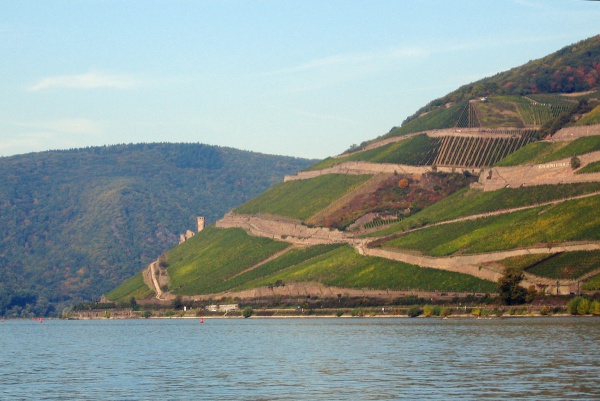Facts About German wine
Germany's wine production primarily takes place in the western part of the country, along the picturesque Rhine River and its tributaries. The history of these vineyards dates back to Roman times. Today, about 60% of German wine originates from Rhineland-Palatinate, a state renowned for its deep-rooted winemaking traditions. With approximately 103,000 hectares of vineyards, Germany ranks as the eighth-largest wine producer in the world. Notably, nearly two-thirds of this production comprises white wine.
Riesling is the crown jewel of German wine. This grape variety is celebrated for producing aromatic, fruity, and elegant white wines that can range from dry to sweet. In recent years, Germany has enhanced its red wine production, with Spätburgunder (Pinot Noir) gaining prominence. German wines are distinguished by their high acidity, a characteristic attributed to the country's northerly climate and the grape varieties used.
The foundation of German viticulture is deeply rooted, tracing back to Roman times. Monasteries played a crucial role in wine production during the Medieval era. However, the 16th and 17th centuries witnessed a decline in vineyards due to factors such as increased beer consumption, the devastations of the Thirty Years' War, and climatic changes.
Germany offers a diverse array of wine styles, including dry, semi-sweet, sweet, red, and sparkling wines. Each wine region boasts its unique climate and soil, with vineyards often situated along rivers and steep slopes. There are 13 officially recognized wine regions in Germany, each with its distinct characteristics and grape varieties.
The German wine industry predominantly comprises small, craft-oriented vineyard owners, many of whom operate on a part-time basis. The classification of German wines can be quite intricate, frequently based on the sugar content at harvest. The Prädikatswein classification encompasses categories such as Kabinett, Spätlese, Auslese, Beerenauslese, Trockenbeerenauslese, and Eiswein.
Popular grape varieties in Germany include Riesling, Müller-Thurgau, and Spätburgunder. Many vineyards are positioned on steep terrains, necessitating a significant amount of manual labor. There is also a rising trend toward organic farming and an increasing interest in red wine production.
While the industry is predominantly composed of small vineyard owners, there are a few larger commercial operations. Leading German wineries typically produce around 100,000 bottles per year, emphasizing quality over quantity. Germany's wine production is celebrated for its diversity, quality, and unique characteristics shaped by the country's climate, geography, and rich history.

 Poland
Poland